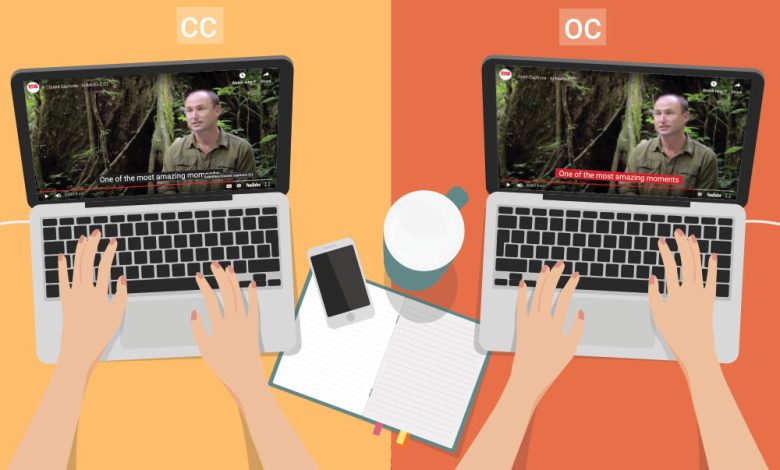Closed Captions vs. Open Captions: The Difference Revealed

Closed captions and open captions are both types of subtitles that can be used with videos. They provide different benefits, so it’s important to understand the difference before deciding which type is right for you.
In this article, we will discuss the differences between closed captions and open captions, and help you decide which type is best for your needs.
What Closed Captions Are?
Closed captions are text versions of the dialog and sound effects in a television program or movie. They are generally displayed at the bottom of the screen, and often include speaker identification and sound effect descriptions.
Closed captions can be used by viewers who are deaf or hard of hearing, or by those who prefer to read rather than listen to a program. They can also be helpful if the audio is difficult to understand due to accents or background noise.
Captions can be turned on or off as desired, and are usually available in multiple languages. In the United States, the Americans with Disabilities Act (ADA) requires that all new televisions be equipped with captioning capabilities. Nowadays, there are many high-quality closed captioning companies that offer captioning services.
What Open Captions Are?
Open captions are a type of captioning that is always visible on the screen. Unlike closed captions, which can be turned on or off by the viewer, open captions are a permanent part of the video. Open captions are often used in educational or training videos, as well as in situations where viewers might be watching the video in a noisy environment.
While open captions can be helpful in some situations, they can also be distracting for viewers who do not need them. For this reason, it is important to carefully consider whether open captions are the best option for a particular video.
What Is the Difference Between Closed and Open Captions?
The purpose of captioning is to provide viewers with a way to follow along with the audio of a video. However, there are some key differences between closed and open captioning that should be considered before deciding which type to use.
One of the main differences between closed and open captioning is that closed captions can be turned on or off by the viewer, while open captions are always visible. This can be beneficial for viewers who only need captioning occasionally, or who prefer not to have the text always visible on the screen.
Another difference is that closed captions are usually provided in multiple languages, while open captions are typically only available in the language of the video. Closed captions can also include speaker identification and sound effect descriptions, which can be helpful for viewers who are deaf or hard of hearing.
Finally, closed captions are required by law in the United States, while open captions are not. This means that closed captioning is more widely available and that there are more high-quality captioning companies to choose from.
So, Which Is Better?
For many, the best way to watch a movie or television show is with closed captions. Closed captioning allows you to read the dialogue and narration while you are watching the show. This way, you can follow the story better and understand what is going on.
Additionally, as mentioned earlier, closed captions can be turned on or off, so you can choose whether or not to use them. Open captions are always on, which can be distracting if you do not want to read them.
Additionally, because open captions cannot be turned off, if there are any errors in the captions, you will have to “live with them” and that is another reason why closed captions are the better option for watching movies and television shows.
Are Automated Closed Captions Accurate?
The accuracy of closed captions depends on a number of factors, including the quality of the audio recording, the software used to create the captions, and the qualifications of the captioner.
In general, closed captions are more accurate than open captions, but there is still some room for error. A good automated service can make its closed caption accuracy as high as 95%, but this is not always the case.
If you are watching a video with closed captions and you notice an error, you can usually report it to the captioning company or the video owner so that they can correct it.
Conclusion
Closed captioning is the better option for watching movies and television shows, as they allow you to read the dialogue and narration while you are watching the show and can be turned on or off.
As for open captioning, they are typically only available in the language of the video, are always visible, and cannot be turned off. If accuracy is important to you, closed captioning is also the better option as automated closed captions are more accurate than open captions.





